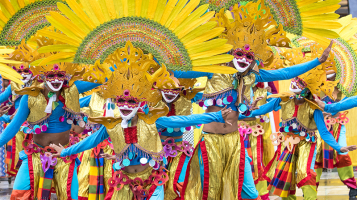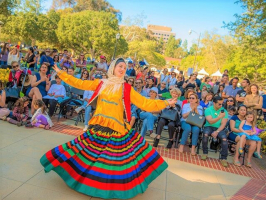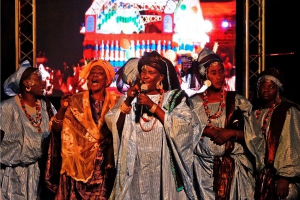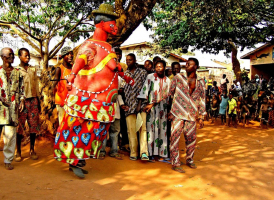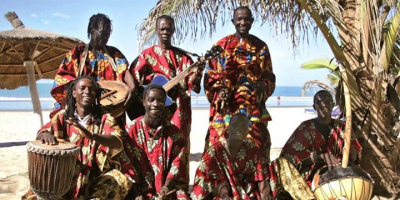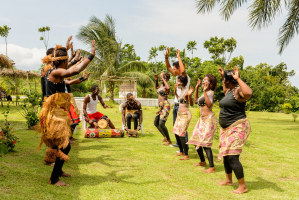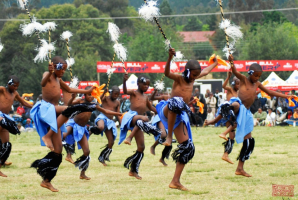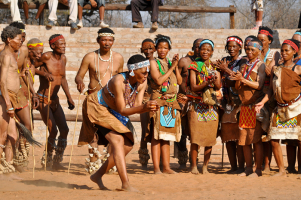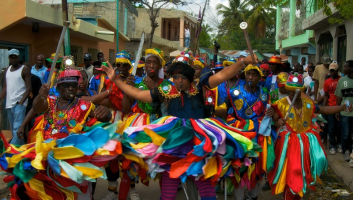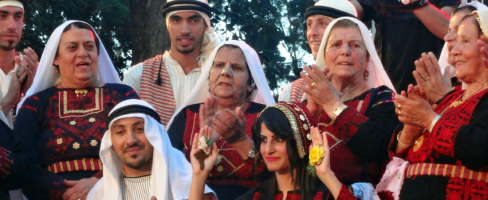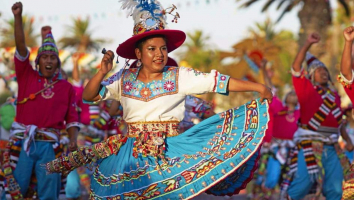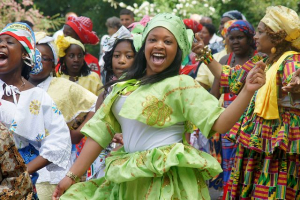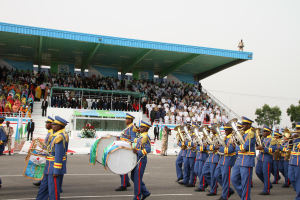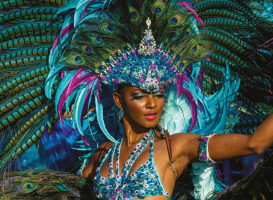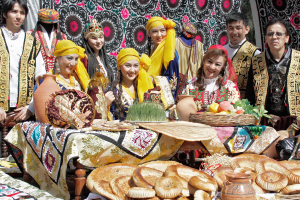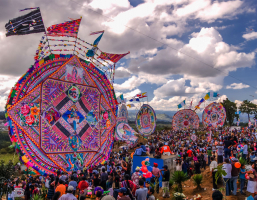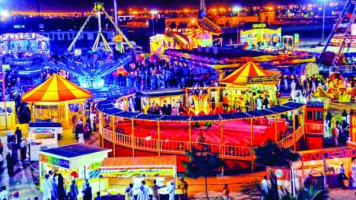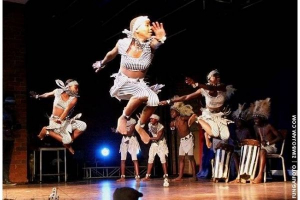Top 7 Most Famous Festivals in Taiwan
One of the greatest attractions of Taiwan is the sheer depth and diversity of its festivals. All the Taiwan festivals are celebrated with vigor and fervor. In ... read more...order to get a proper taste of the Taiwanese culture, one needs to experience these festivals and be a part of time-honored traditions. If you are planning to visit the country in the future, then read on to gain some knowledge about some of the most famous festivals in Taiwan.
-
The Chinese New Year has to be the most popular and famous festival in Taiwan, beginning on December 30th (New Year’s Eve) and ending on the fifth day of the first month of the lunar calendar. On the Western calendar, the dates fall around mid-January to mid-February. The people carry out spring cleaning on the last day of the old lunar year to get rid of all things bad.
The new year is celebrated in innumerable ways. Huge feasts, massive street parades, traditional Chinese music, dragon dancing take place every day along with family gatherings and the exchange of red envelopes with a monetary gift inside. Chinese people refer to this festival as the “passing of the year” and welcome the new year with high hopes of good fortunes for themselves and their families.
When: 1st to 5th day of the Lunar Calendar
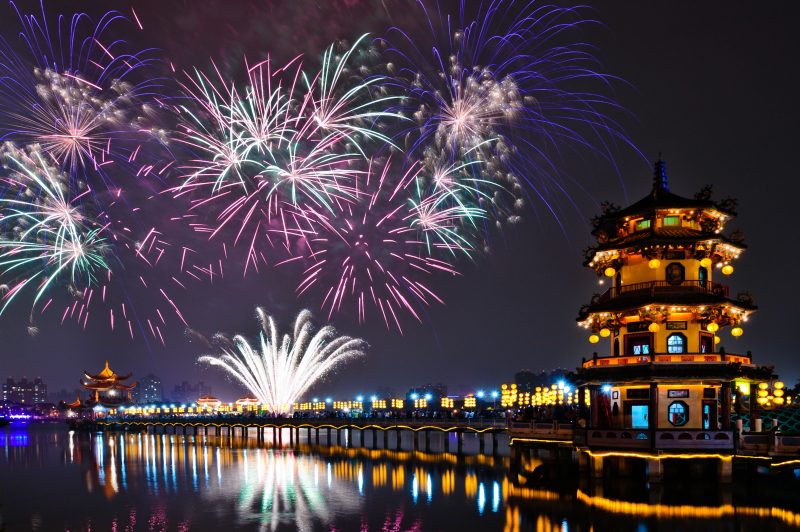
Photo: thoughtco.com 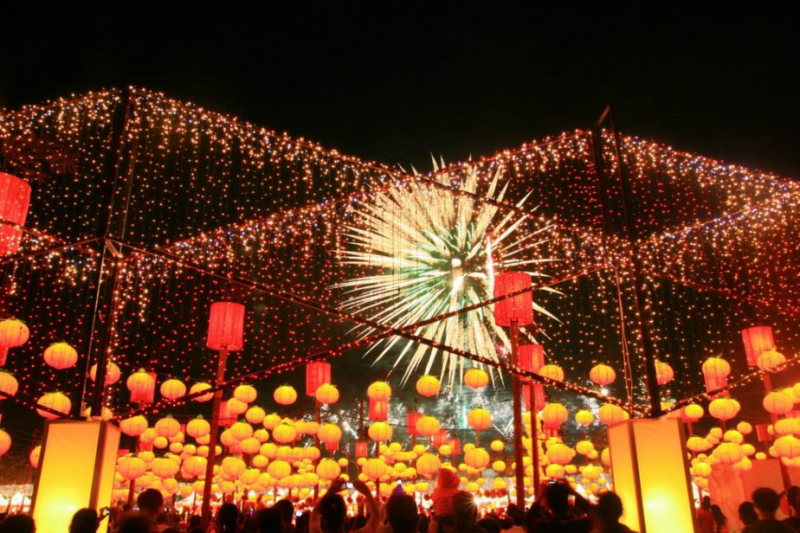
Photo: KKday Blog -
Celebrated annually on the 15th day of the first lunar month, the Pingxi Sky Lantern Festival is one of the most famous festivals in Taiwan which marks the grand finale of the Chinese New Year celebrations.
Thousands of people from all across the world make their way to the beautiful village of Pingxi to release handcrafted fire lanterns inscribed with messages to the gods into the night sky. This festival is a sight to behold and can’t be missed if you’re in Taiwan on one of our tours at the same time.
Where: Pingxi District
When: 15th Lunar January
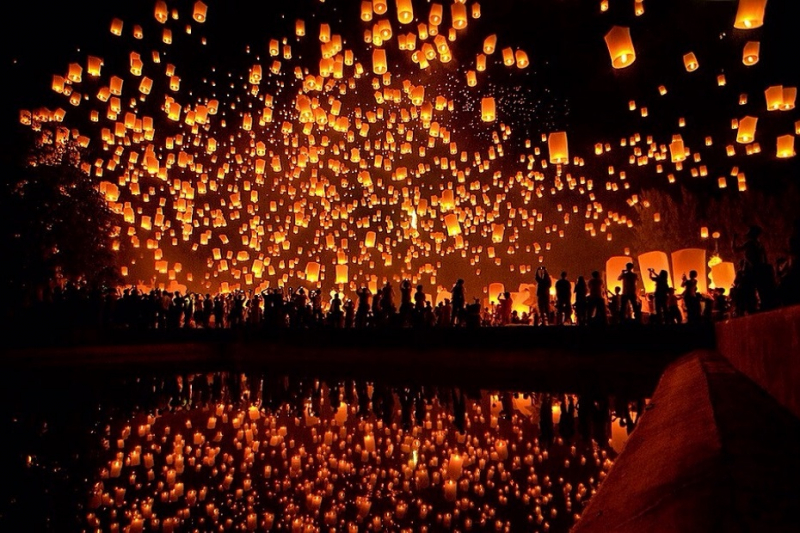
Photo: pegasusaerogroup.com Video: Asia Travel Gems -
According to tradition, the people of Yanshui would pray to Guan Di (Guan Gong), the God of War, for peace and protection. Every year, tourists flock to Tainan to experience the thrill of the beehive firecrackers, which consists of thousands of rockets that ignite at the same time with sparks flying everywhere, creating a loud, bee-like sound.
Locals believe that being “baptized” by fireworks will ward off calamity and bad luck, and bring good fortune in the new year. The Yanshui Beehive Firecrackers Festival in southern Taiwan is rather unusual because fireworks are actually launched into the crowd! Participants are advised to wear several layers of clothing, thick pants, and helmets for their safety and protection.
Where: Tainan
When: 15th Lunar January
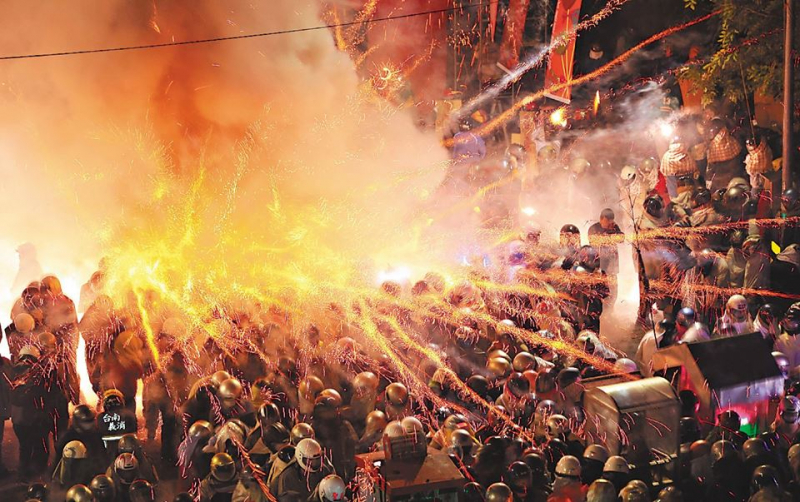
Photo: radseason.com Video: Patrick Swan -
Matching the explosiveness of the Yanshui spectacle is the Bombing Master Handan pageant, held in Taitung City. This is perhaps the most important annual folk-religion event on Taiwan’s East Coast, and certainly the most important in Taitung City. During the city’s Lantern Festival bash, brave young men representing Master (sometimes “Lord”) Handan are paraded through the streets on a bamboo throne, and are blasted relentlessly with bricks of firecrackers by the thousands of onlookers they pass. These daredevil fellows wear nothing but red shorts, a red-and-yellow headdress, goggles, and a bandana pulled up over the mouth.
Folk belief is that the more firecrackers you throw, the greater fortune is enjoyed in the coming year. Residents wait outside homes and employees outside businesses for the deity to pass, as do great throngs of Taiwanese from elsewhere, and as do ever larger numbers of tourists from overseas as the reputation of the event has spread offshore.
Where: Taitung City
When: 15th Lunar January
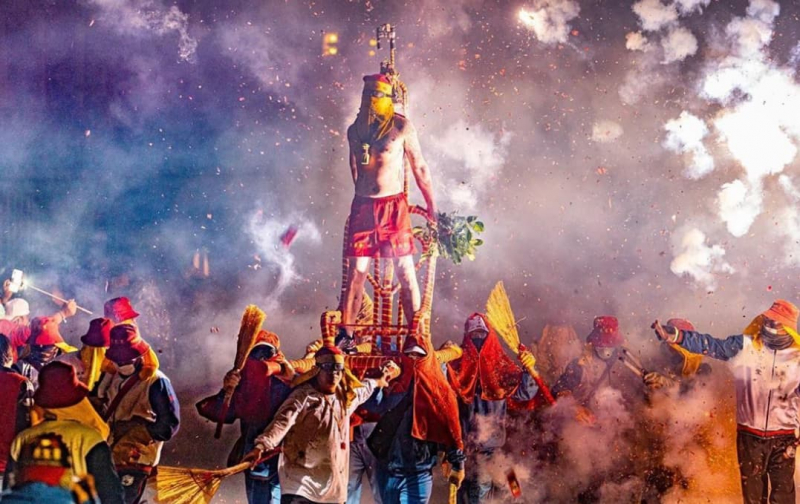
Photo: discovertaitung.com Video: John keel -
The Dragon Boat Festival is the most famous festival in Taiwan, which commemorates the rescue attempt of Qu Yuan, a patriotic poet, who drowned on the fifth day of the fifth month in 277BC. When the rescue attempt failed, the people had to throw bamboo stuffed with rice into the water so the fish would not eat his body.
Nowadays, in celebration of the Dragon Boat Festival, people will eat zongzi and race dragon boats to honor and commemorate the great Qu Yuan. Other customs also include: hanging mugwort and calamus to ward off evil spirits and cleanse the environment, balancing an egg for good luck, drinking realgar wine, and wearing incense sachets to ward off evil and sickness.
When: 5th Lunar May
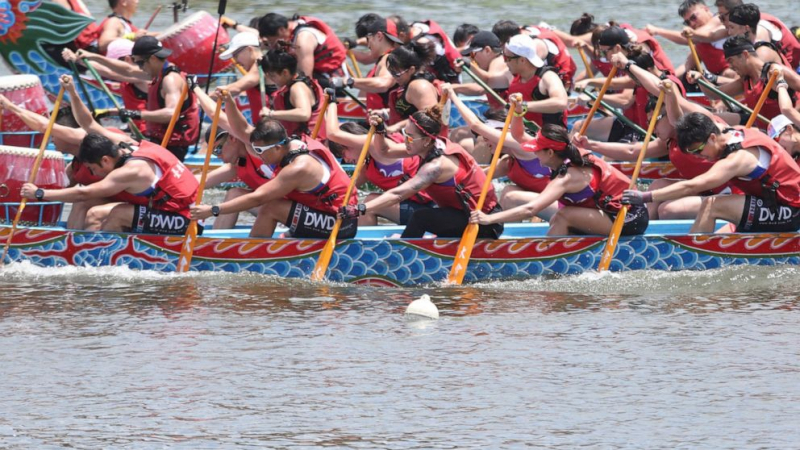
Photo: ABC News Video: Luke Martin -
Another most famous festival in Taiwan is Ghost festival. It is said that on the first day of the seventh lunar month, the gates of Hell open wide releasing the spirits kept inside into the living world for a month of respite. But fear not, Taiwanese people accommodate these spirits by preparing lavish sacrifices, burning paper money, and performing epic Taiwanese operas. In Keelung, there is a spectacular three-day ceremony for the spirits involving a procession, the release of water lanterns, and Taoist priests performing the Ghost god dance.
Since this is a tribute to all the spirits in the area, temples will typically hold large gatherings allowing everyone to place their tributes on tables. Then, a Taoist or Buddhist priest (depending on the temple) will chant a mantra and invite the spirits to feast.
Where: Keelung City
When: Lunar July
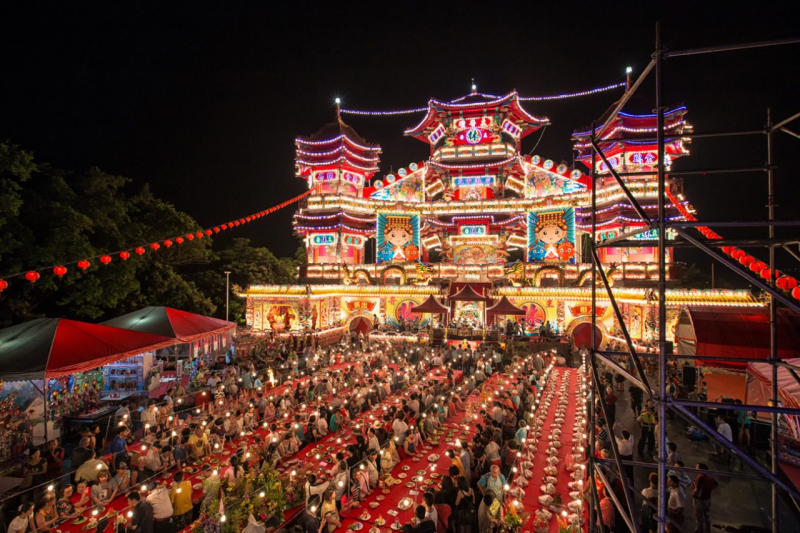
Photo: justaiwantour.com Video: Luke Martin -
The mid-Autumn festival, also known as Moon Festival, falls in the middle of the eighth month when the moon is at its fullest. A bright, full moon is considered a symbol of happiness and is celebrated mainly through family reunions and the eating of fluffy moon cakes which symbolize unity and togetherness. The myth of Chang-E flying to the moon after secretly drinking her husband’s elixir of life is often told during this festival and dragon dances, floating lanterns and firework displays are also common.
In Taiwan, Mid-Autumn is also known as the Barbecue Festival, where in addition to eating moon cakes, barbecuing is also an essential activity. The custom of barbequing was started inadvertently by a barbecue sauce advertisement contest in the 1990s. Now, whenever Mid-Autumn arrives, the streets of Taiwan are filled with the delicious aroma of barbeque and of families eating mooncakes together while admiring the full moon.
When: 15th Lunar August
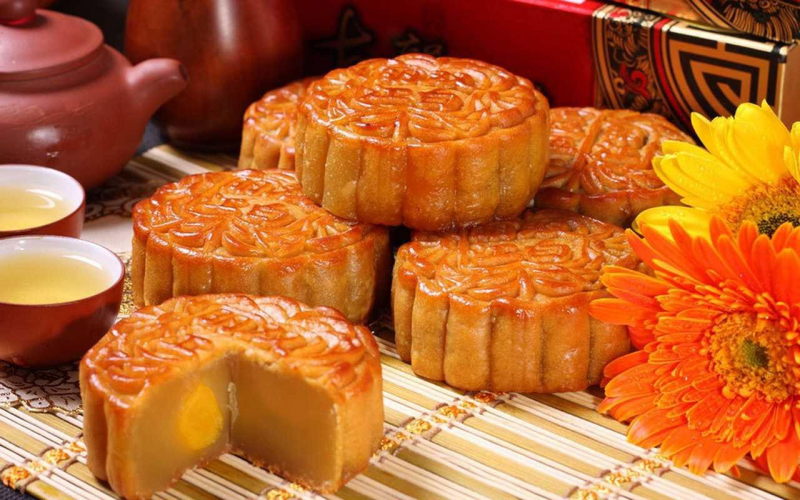
Photo: hiasia.xyz 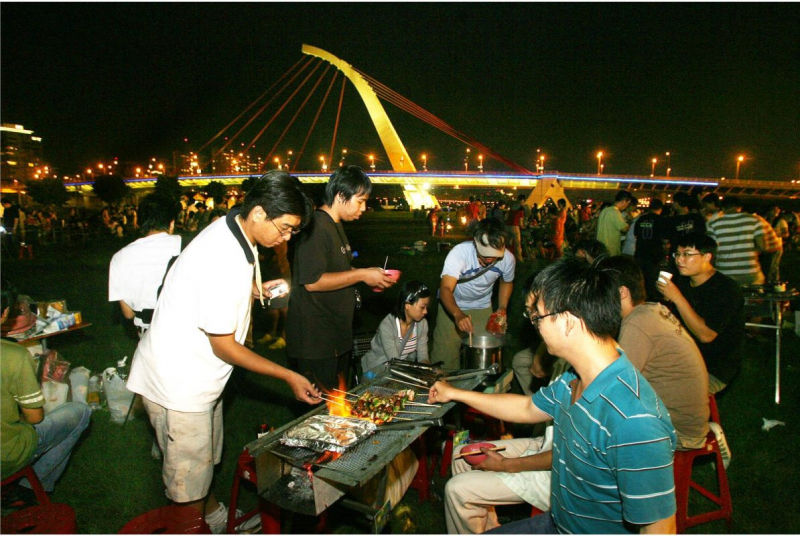
Photo: ltl-taiwan.com









